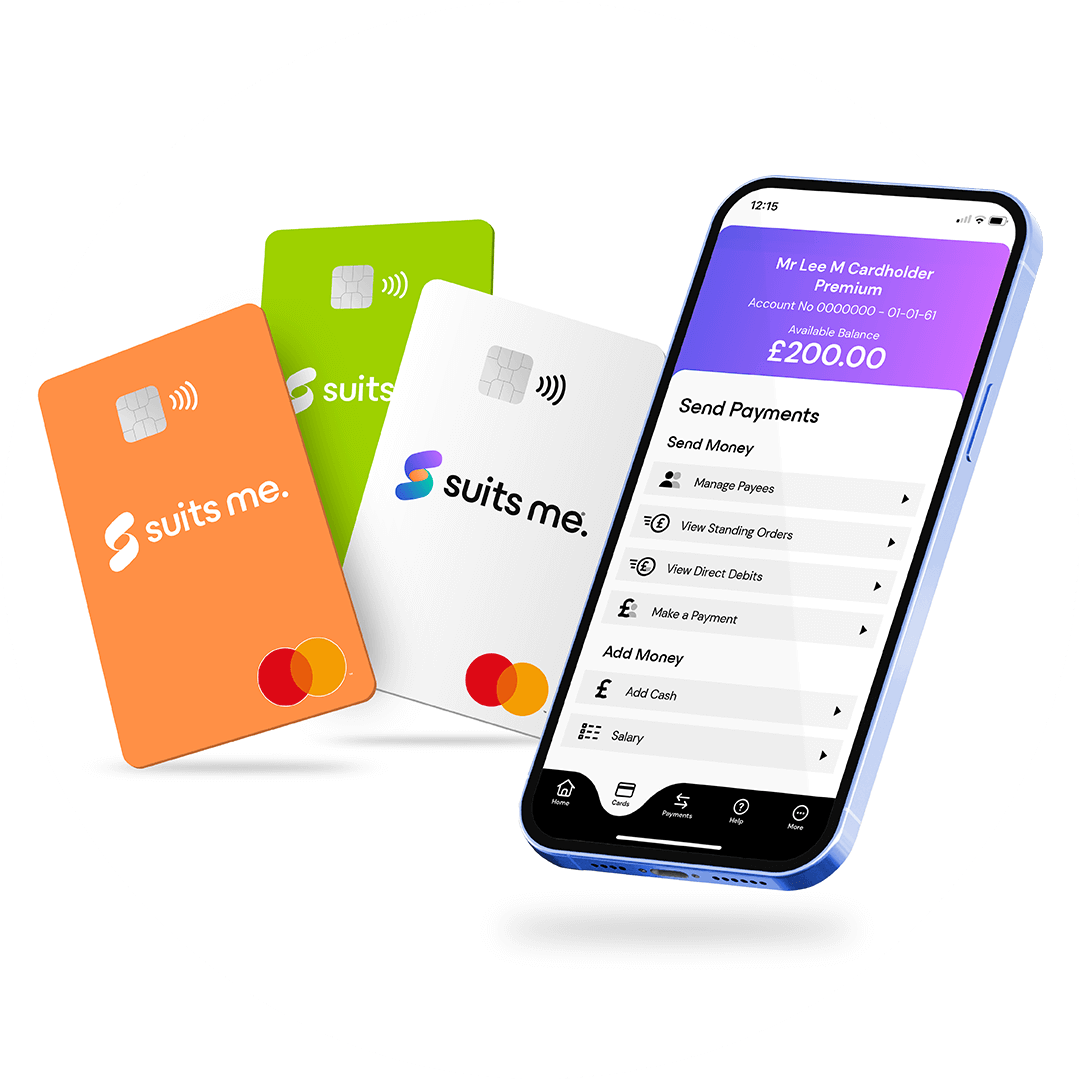
Some websites just aren’t secure, even though they may seem well developed and presented. An unprotected website can give hackers the ability to steal your online banking and bank card information, spread malware, steal your personal details and send spam.
To protect yourself and your banking information, it’s important to know what to look for when browsing, shopping and managing your finances online. There are five signs you should look for that will reveal if a website is secure.
1. Look for the Padlock
When using a reliable search engine, you can check whether a website is secure by clicking the padlock on the left-hand side of the URL bar which brings up information about the security certificate of the website. If you see a closed padlock, it means the website is safe to use.
If you see 🛈, this means that the website isn’t going through a private connection and someone can potentially see the information you’re sending through the website. When you see a warning symbol ⚠️, you should not enter any personal or private information on this website and proceed with caution.
One solid way of verifying you’re on a safe website is by asking your search engine whether the website is a scam and checking the reviews before entering any sort of personal or bank card information
2. It’s all about the ‘S’ in HTTPS
Many URL’s begin with “https” instead of just “http” to indicate that the website is encrypted, and any bank card details you enter will be kept secure. This security is provided by an SSL certificate, which protects your information entered onto the website.
Without this protection, criminals and hackers can easily access and expose information. However, sometimes you can find a more secure version of the website by simply adding an ‘S’ to the URL.
3. Don’t Just Trust the Trust Guarantee
Firstly, any mention of a guaranteed safe check out should be taken lightly, the same with certificates of authentication such as (McAfee, Norton, TRUSTe and Trustwave). They usually have a list of acceptable payment methods alongside this promise, but websites can just copy and paste these icons without really having any security to back them up.
To ensure that logos are legitimate is by trying to click on the logo, if they are real you will be taken to another website that explains more about the certification and what this means for you when you use the website.
4. Check for a Privacy Policy
A website’s privacy policy should detail how businesses collect, uses, and protects every customer’s important financial information. A privacy policy should be readily available from any retailer, especially retailers that reside or sell to customers in Australia, Canada and the EU and you can often find it at the bottom of the businesses website.
5. Check out Their Contact Information
Legitimate retailers and online banking providers will almost always have a contact number and address on their website. Contact information doesn’t offer protection, but it’s crucial for addressing purchase issues.
I absolutely recommend searching the address and checking out the location to ensure its accuracy. If you can’t seem to locate any contact information, it’s probably best to avoid entering any of your personal details on the website as it might be not safe.
Keeping Suits Me Customers Safe on Websites
Whether you’re online account with us or using your mobile app, we’re committed to keeping you as safe as possible with the aim of giving you peace of mind about your financial security when choosing to manage your finances with us.
If you’d like to know more about how we collect, use and store your information, check out our privacy policy. Additionally, feel free to check out the rest of our website to see the security features we have in place.
Related Posts
- How Secure is Online Banking?
- Internet Banking Security: How to Spot an Email Scam
- About Online Shopping Scams


